It’s a common debate—are modern revolvers really an improvement, or did older models do it better? You’ll hear folks swear by their old wheel guns, while others trust the latest offerings. Truth is, both have their strengths. Modern revolvers often come with updated features, but older models earned their reputation for a reason. If you’re stuck deciding between new or old, here are eight things to keep in mind before you buy your next revolver.
Fit and Finish Was Often Better Back Then
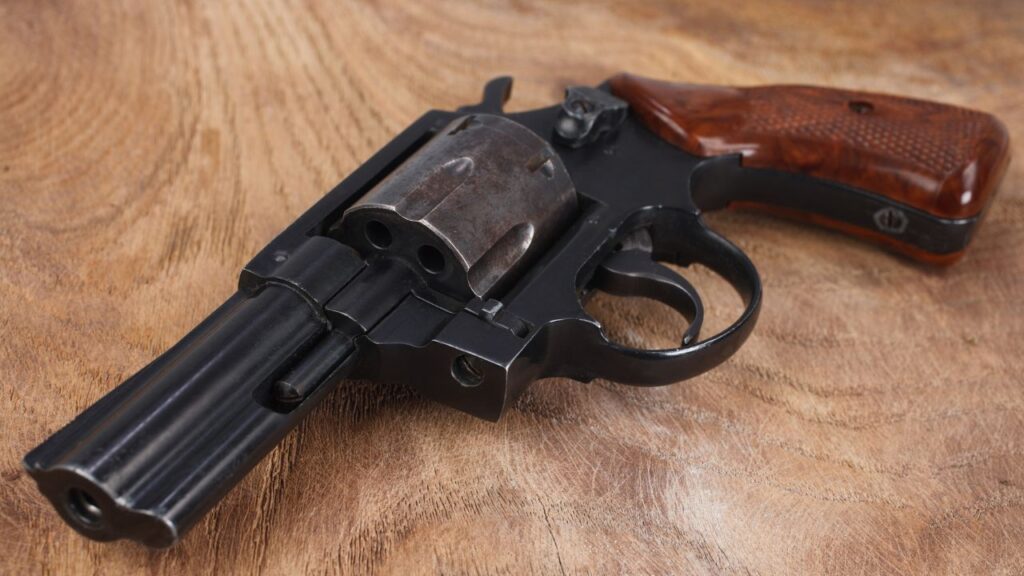
Older revolvers, especially pre-1980s models, had a level of hand-fitting you rarely see now. Smoother triggers and cleaner actions were more common off the shelf. Some modern guns feel a bit rough from the factory and need a break-in period. If you appreciate craftsmanship, older revolvers tend to stand out.
Modern Guns Have More Options
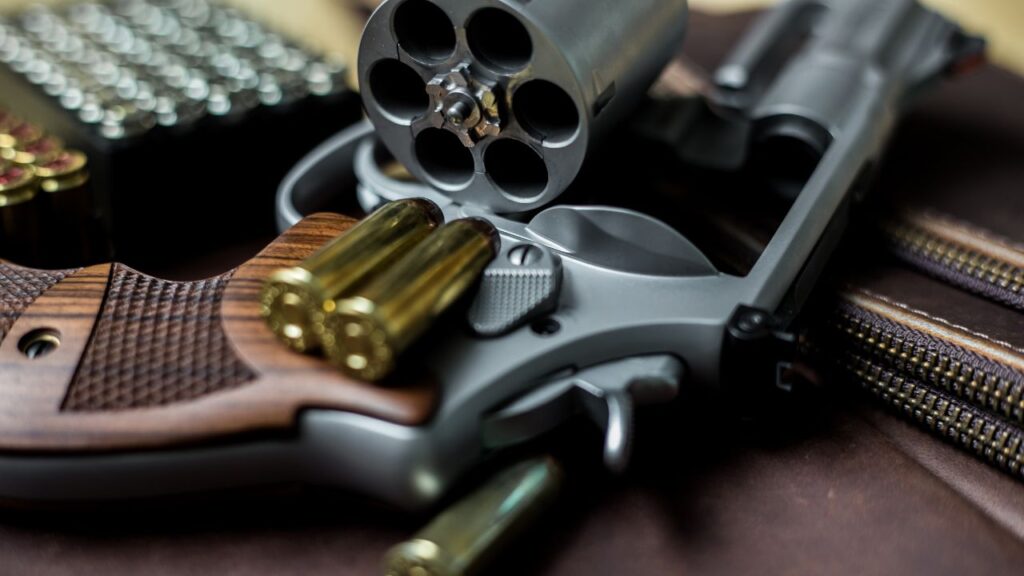
These days, you’ve got far more choices. New revolvers come in lightweight materials, different barrel lengths, and extra capacity options. You’ll also find optics-ready models and adjustable sights more frequently. For people wanting variety and customization, newer offerings have the edge.
Durability Has Shifted Focus
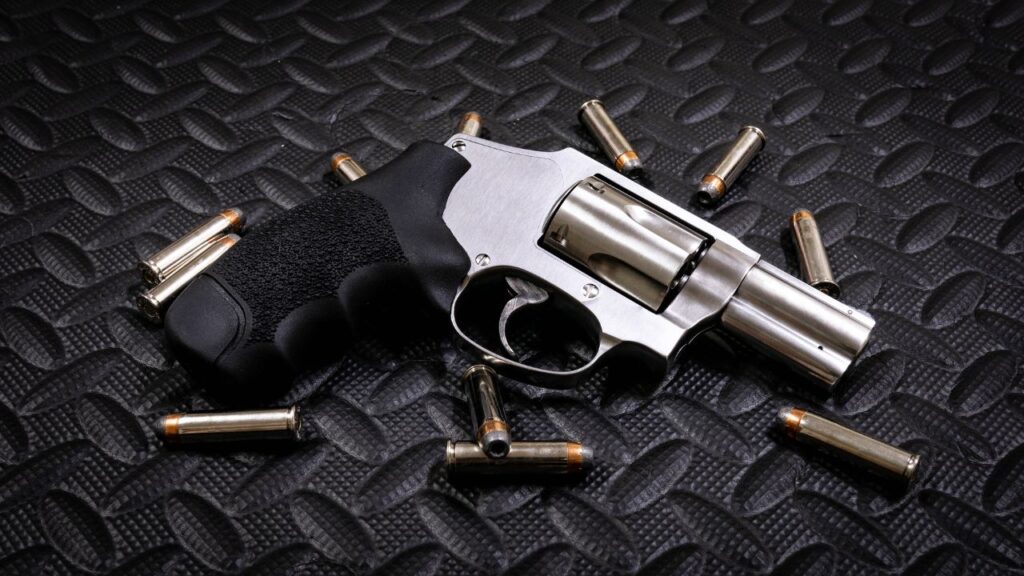
Old revolvers were built tough, but they were heavier. Many newer models use alloys and polymers to cut weight, which sometimes trades off long-term durability. While modern metallurgy is solid, some folks still prefer the hefty feel of all-steel guns for hard use.
Factory Triggers Are a Mixed Bag
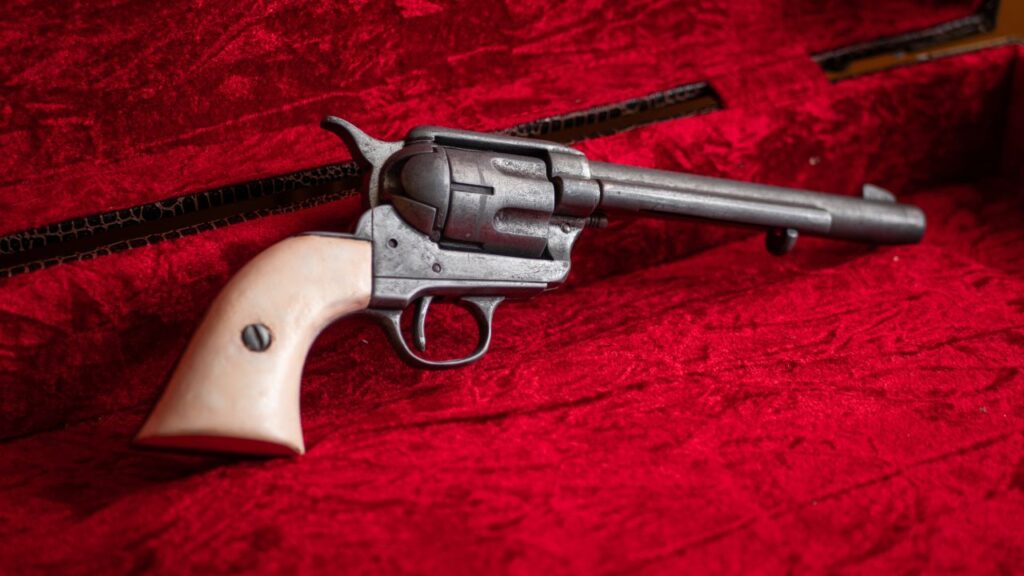
Many older revolvers had excellent triggers right from the factory, with smooth double-action pulls and crisp single-action breaks. Some newer models don’t live up to that standard without aftermarket work. You can still find good triggers today, but you’re more likely to need a little tuning.
New Models Handle Recoil Differently
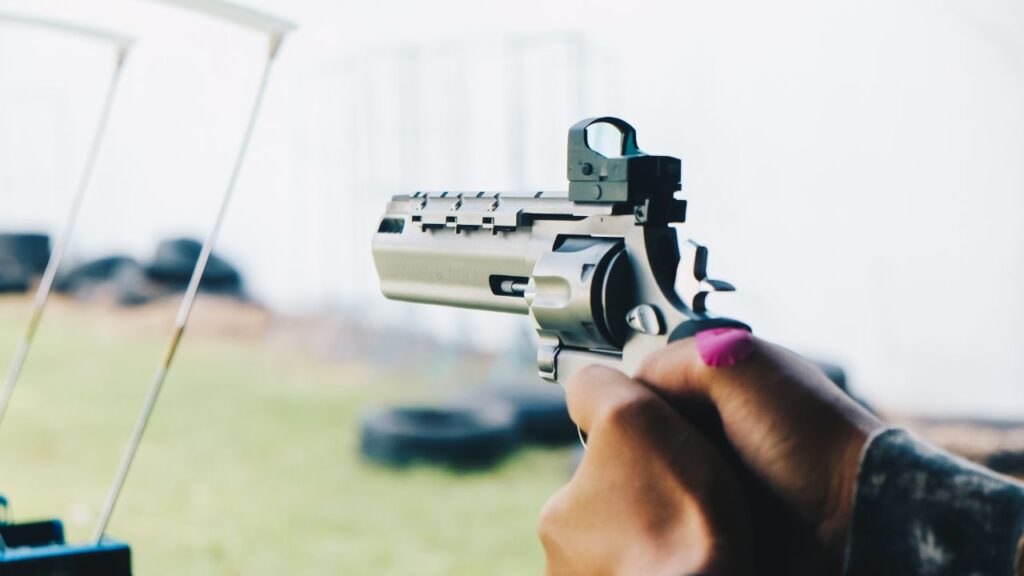
Modern revolvers often come with rubber grips and improved ergonomics that help with recoil control. Older guns usually had wooden grips that looked great but didn’t always help in the comfort department. If recoil bothers you, newer designs might feel more manageable.
Sights Have Improved with Time
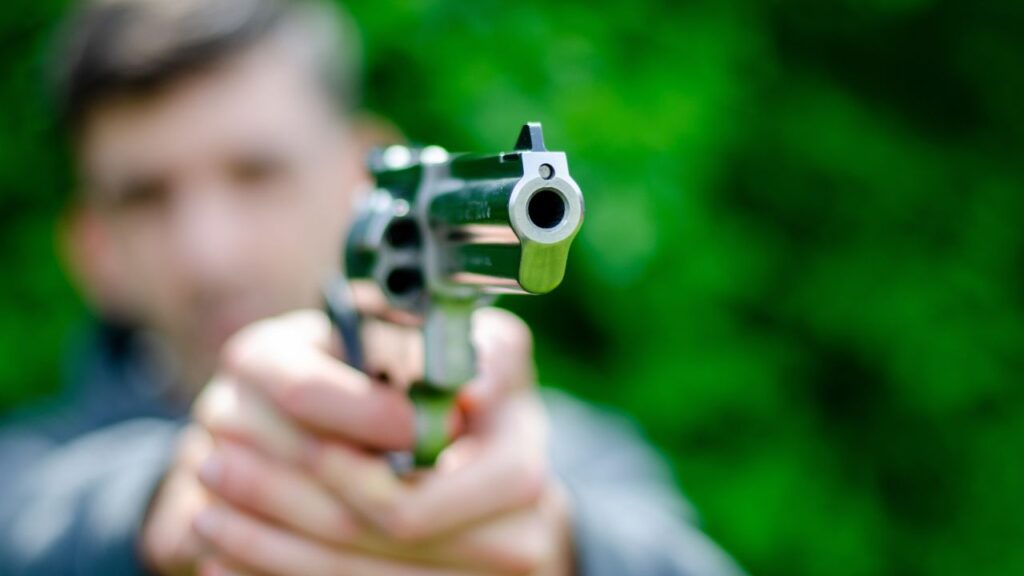
Fixed sights were the norm on older revolvers, and adjustments were limited. Many modern models feature better sights, fiber optics, and easier ways to zero your shots. If you plan on carrying or hunting, today’s sights can give you a quicker sight picture.
Collectibility Drives Up Old Gun Prices
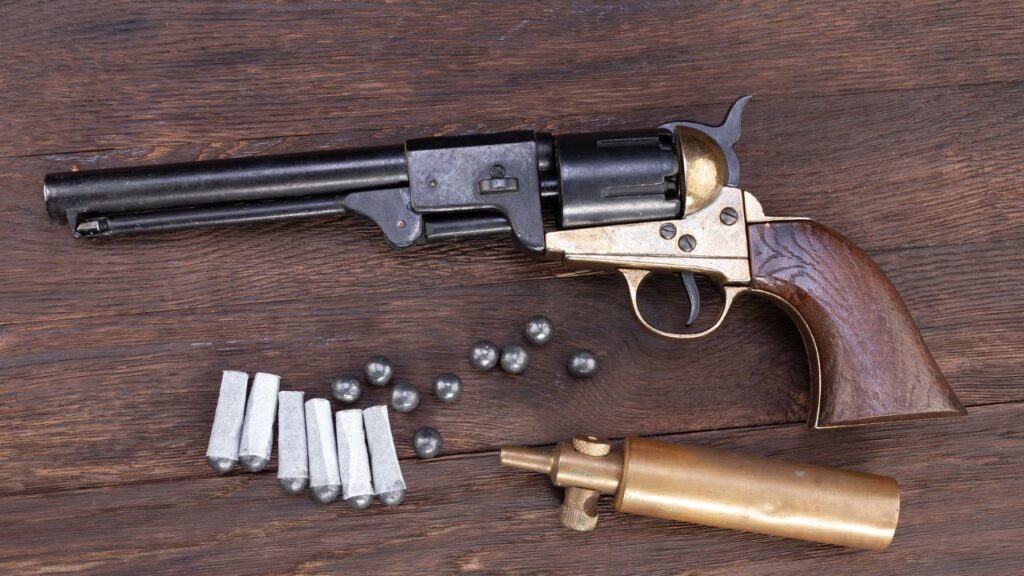
Older revolvers, especially certain models, have become highly collectible. That drives up prices even if the gun shows wear. While some are worth the money, others cost more than they’re functionally worth. New models can offer similar performance for a lot less cash.
New Guns Usually Come with Better Support
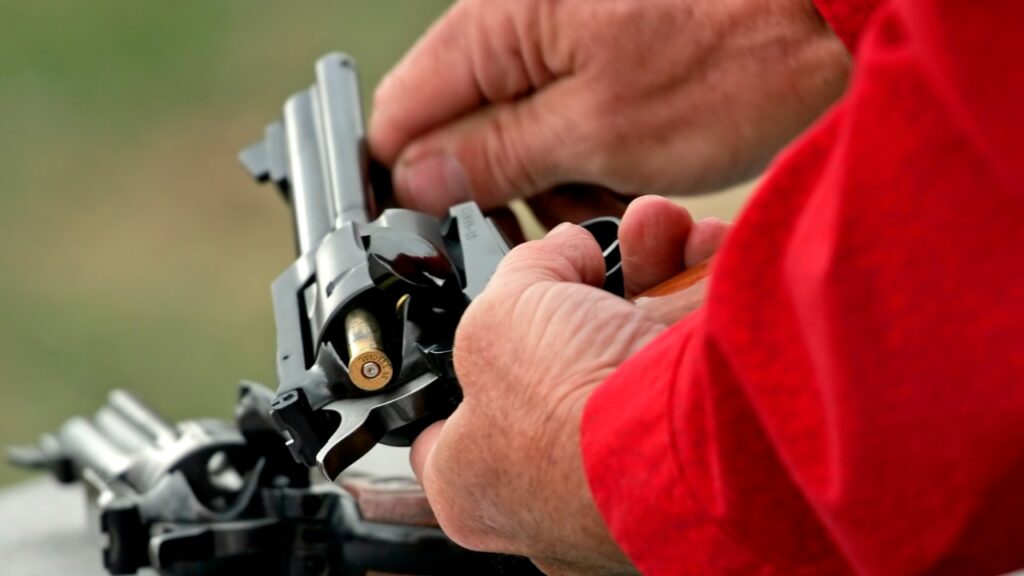
With new revolvers, you get warranty coverage and customer service if something goes wrong. Replacement parts are easy to find, and most companies offer quick fixes. With older revolvers, parts can be scarce, and repairs take more effort, especially with discontinued models.
*This article was developed with AI-powered tools and has been carefully reviewed by our editors.






